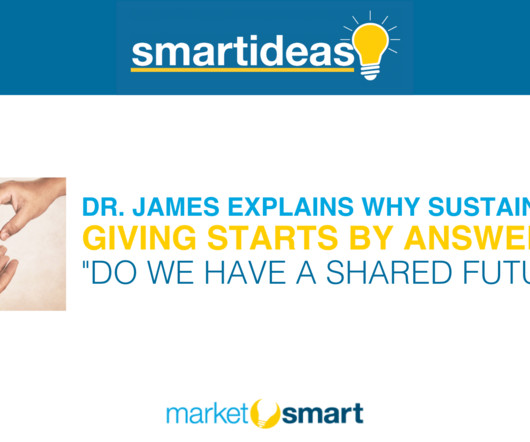Sponsorship v. Donations: The Drawbacks and Benefits
NonProfit Hub
APRIL 18, 2024
With the rise of social impact as a business metric, companies are more eager than ever to contribute to meaningful causes, yet many nonprofits don’t make the most of this fundraising avenue. Let’s break down two of the most popular forms of corporate philanthropy: sponsorships and donations. Of course, this is subject to tax laws.











Let's personalize your content